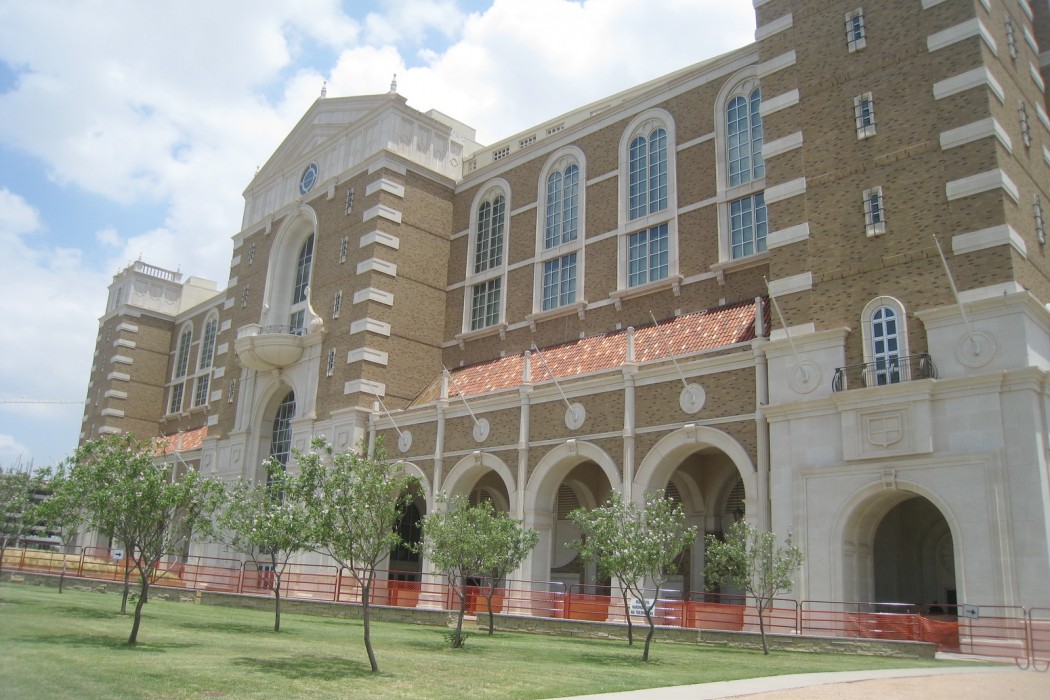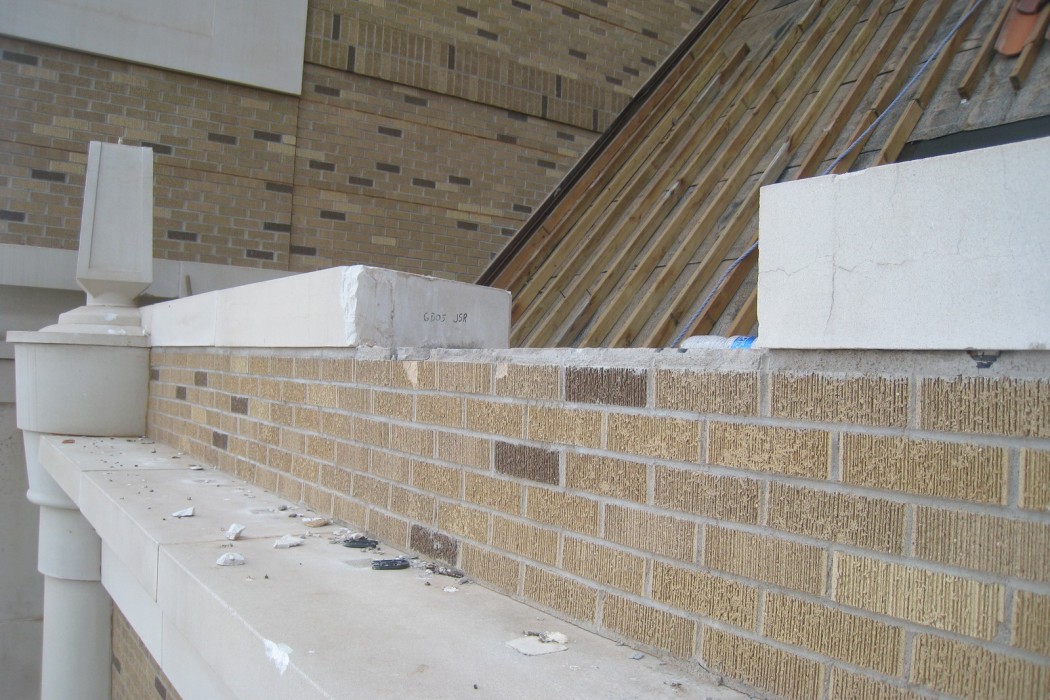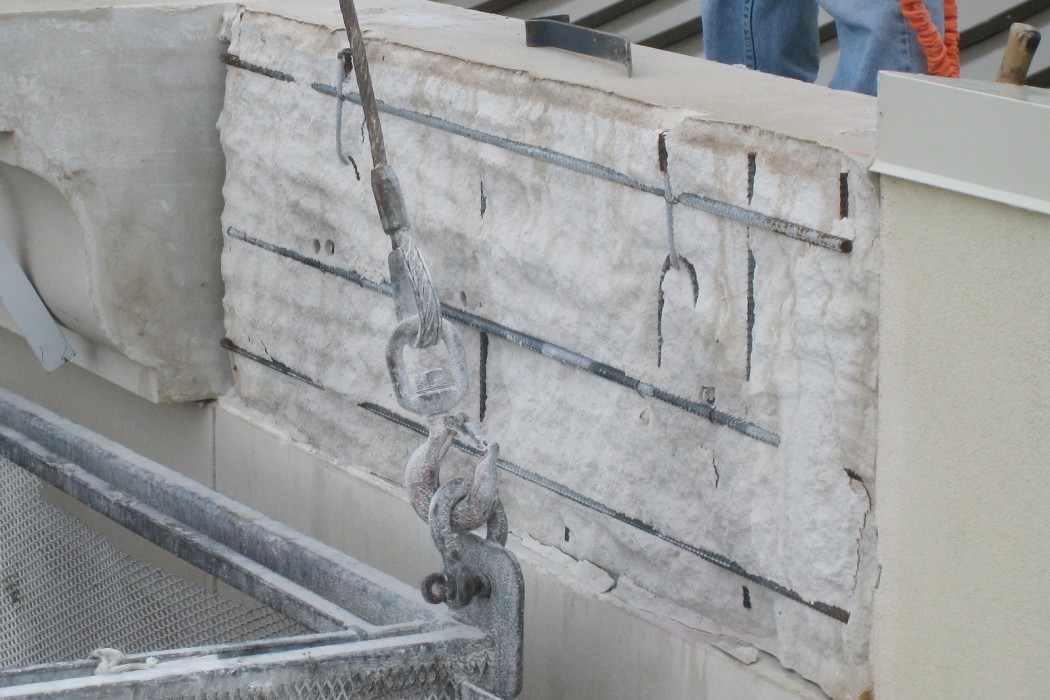WJE PROJECTS
Jones AT&T Stadium
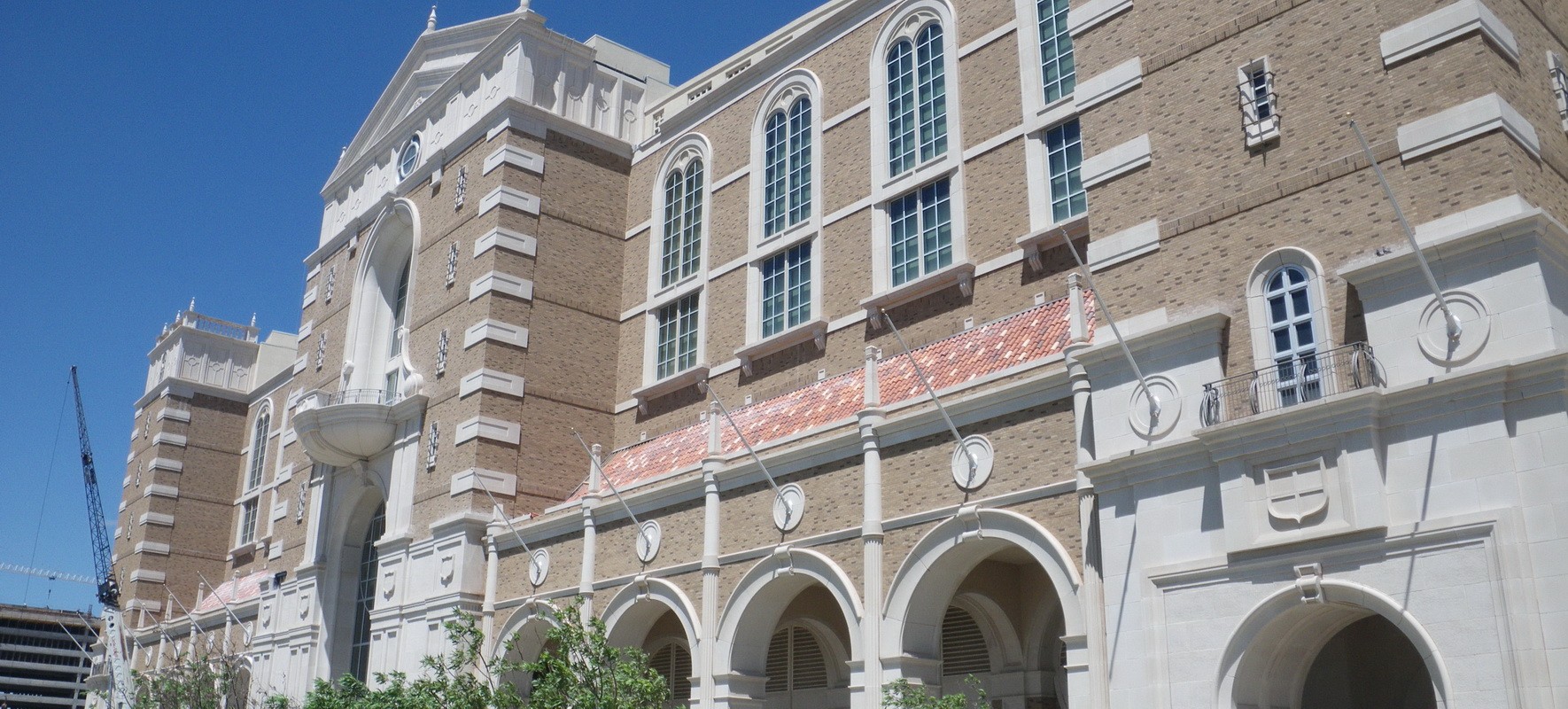
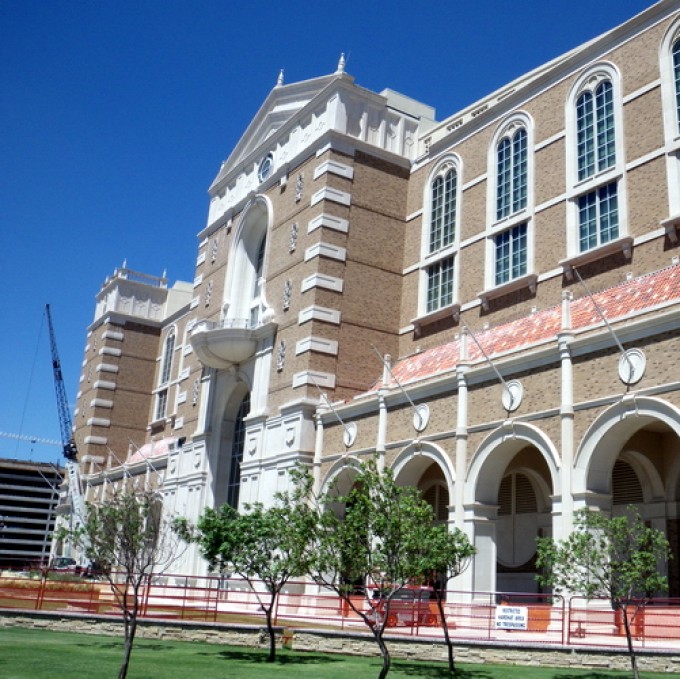
CLIENT |
Texas Tech University System |
LOCATION |
Lubbock, TX |
Investigation and Repair of Stone Cladding Failure
Despite its recent construction, a cast stone coping unit detached from the stadium facade, dislodging a water table and a pylon in its 130-foot fall to the sidewalk below. In response to the unexpected failure, Texas Tech University sought an expert to investigate and repair the stadium's stone cladding.
BACKGROUND
The Jones AT&T Stadium, home to the Texas Tech Red Raiders, is capable of accommodating over 60,000 fans. Since its original construction in 1947, the football stadium has undergone multiple expansions—notably a 175,000-square-foot addition to its west wing in 2004. The $51.9 million project included the construction of a new clay brick masonry facade to complement the Spanish Renaissance architecture of the surrounding campus.
SOLUTION
As part of a comprehensive evaluation of the facade, WJE engineers conducted an initial visual survey of all in situ cast stone elements and discovered many longitudinal cracks—likely the result of inadequate bonds between lifts as well as thermal expansion and contraction of the cementitious material.
The engineers thus compared the cladding anchorage system to as-built drawings and toured the cast stone plant where the facade materials were fabricated to inspect the design features and installation methods. Additionally, WJE materials scientists performed petrographic tests of cast stone core samples to determine composition, compressive strength, absorption, and specific gravity. Results of the investigation indicated the use of poor quality materials and the lack of proper transverse reinforcement.
To restore the facade and limit future damage, WJE engineers developed various repair options including the application of a high body acrylic coating to reduce water infiltration and the use of compatible sealants in lift lines, cracks, and mortar joints. Through exploratory mock-ups, the engineers can observe the materials from different vantage points to minimize aesthetic interruption as well as assess their long-term durability using laboratory testing to ensure the highest physical performance.
RELATED INFORMATION
-
 Clients turn to us when they need a firm that fully understands the aesthetic and functional... MORE >Services | Building Enclosures
Clients turn to us when they need a firm that fully understands the aesthetic and functional... MORE >Services | Building Enclosures -
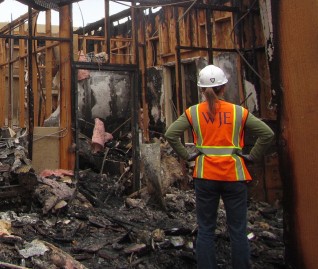 Thousands of clients have relied on us to accurately determine the cause and extent of damage... MORE >Services | Failure and Damage Investigation
Thousands of clients have relied on us to accurately determine the cause and extent of damage... MORE >Services | Failure and Damage Investigation -
 Our materials scientists provide comprehensive consulting services for the evaluation and... MORE >Services | Materials Evaluation and Testing
Our materials scientists provide comprehensive consulting services for the evaluation and... MORE >Services | Materials Evaluation and Testing




































